100 Dollar Bill Prop Money
Are you a filmmaker, prop master, or simply looking for some unique decorations? If so, then you’ve probably heard of prop money, a replica currency used in movies and TV shows. And what’s more iconic than the 100 dollar bill? That’s why 100 Dollar Bill Prop Money has become so popular in recent years. In this blog post, we’ll dive into everything you need to know about getting your hands on some realistic-looking 100 Dollar Bill Prop Money. So sit tight and let’s explore the world of fake cash!
What is prop money?
Prop money is a type of currency that looks and feels like real money but is actually just a replica. It’s commonly used in movies, TV shows, music videos, photo shoots, and even live performances.
The use of prop money allows filmmakers to create realistic-looking scenes without the risk of using actual cash on set. Prop masters can also use it as a decorative element in window displays or events.
Prop money is typically produced by specialized companies that have strict quality control measures to ensure their products look authentic. This includes using the same size, weight, color, and texture as real bills.
While prop money may not hold any monetary value outside of its intended purpose on set or display purposes- it still requires certain restrictions for legal reasons. Some countries such as India prohibit importing these replicas while others require them to be marked with “prop” or “replica” for identification.
Prop money serves an important role in creating visually compelling content while keeping everyone involved safe from potential theft or other security issues related to the handling of large sums of real cash!
Why is 100 Dollar Bill prop money so popular?
Prop money has been used in the entertainment industry for decades, and 100 Dollar Bill prop money is by far the most popular choice. But why? The answer lies in its realistic appearance and versatility.
Firstly, 100 Dollar Bill prop money looks almost identical to real currency. It features intricate details such as watermarks, security threads, and microprinting that make it nearly impossible to distinguish from actual bills. This level of realism allows filmmakers and photographers to create authentic-looking scenes without having to use genuine cash.
Secondly, 100 Dollar Bill prop money is incredibly versatile because it represents a high value denomination. Whether you need a stack of cash for a drug deal scene or an extravagant casino shot, this type of prop money can provide the necessary visual impact.
Additionally, because $100 bills are widely used in everyday life for large transactions like rent payments or car purchases, they have become synonymous with wealth and luxury. Thus using them as props adds an extra layer of authenticity to any scene.
The popularity of 100 Dollar Bill prop money comes down to two factors: its convincing appearance and its flexibility as a symbol of wealth. These qualities make it an essential tool for producers looking to add realism and drama to their projects while staying within budget constraints.
How to get 100 Dollar Bill prop money
Looking to get your hands on some 100 Dollar Bill prop money? Look no further! Here are a few ways you can obtain this popular form of fake currency.
First, consider purchasing from a reputable prop money supplier. These companies specialize in creating realistic-looking prop money for use in film and television productions, as well as for novelty purposes. Many offer different denominations and styles of currency, including the ever-popular 100 Dollar Bill.
Another option is to search online marketplaces such as eBay or Amazon for sellers offering prop money. However, be cautious when buying from individual sellers who may not have the same quality standards as professional suppliers.
If you prefer to make your own prop money, there are tutorials available online that provide step-by-step instructions using printable templates and materials such as paper or cardstock. Keep in mind that creating your own homemade props may not result in the same level of authenticity achieved by professional suppliers.
No matter which method you choose, always exercise caution when handling fake currency and never attempt to pass it off as real. With these tips in mind, getting your hands on 100 Dollar Bill prop money has never been easier!
Conclusion
Prop money has become a popular trend in the entertainment industry due to its realistic look and feel. The 100 Dollar Bill prop money is one of the most sought-after items for movie productions, music videos, and photo shoots. Its quality and attention to detail make it stand out from other fake currency options.
If you are looking for top-quality 100 Dollar Bill prop money, then look no further than our website. We provide high-quality bills that meet all legal requirements for use in films, movies, television shows or any other production project. Our products are guaranteed to add an authentic touch to your production and make it more believable.
So why wait? Order your 100 Dollar Bill Prop Money today!
| Select Quantity | 200 ($100)Bills, 500 ($100)Bills, 1000 ($100)Bills, 5000 ($100)Bills, 10000 ($100)Bills |
|---|


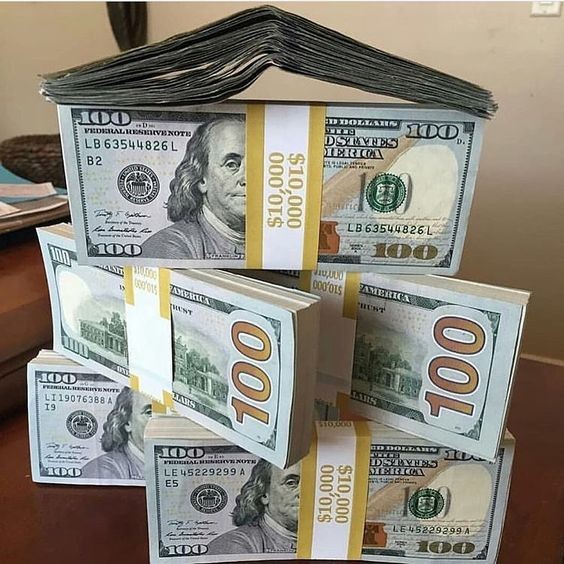

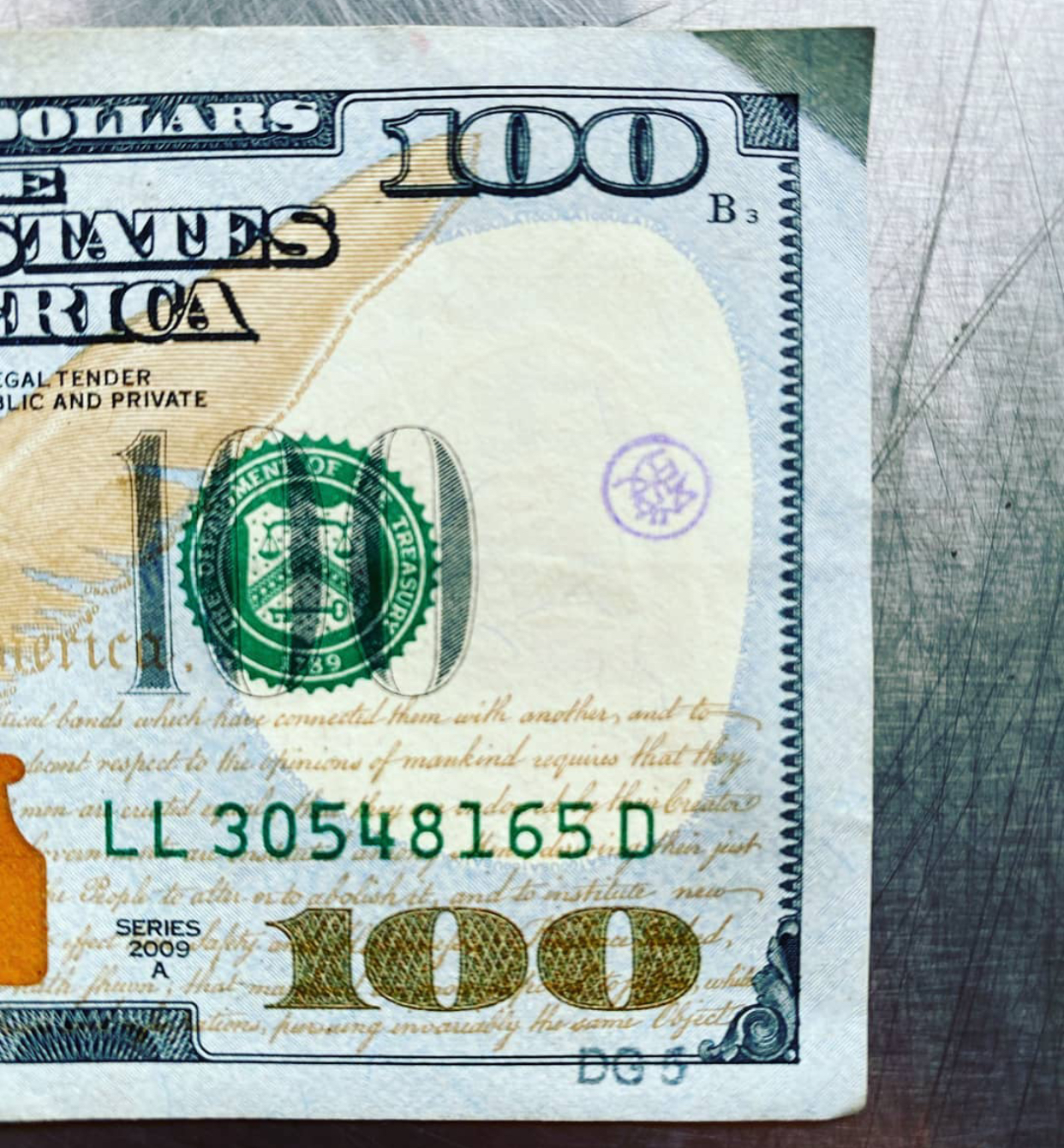
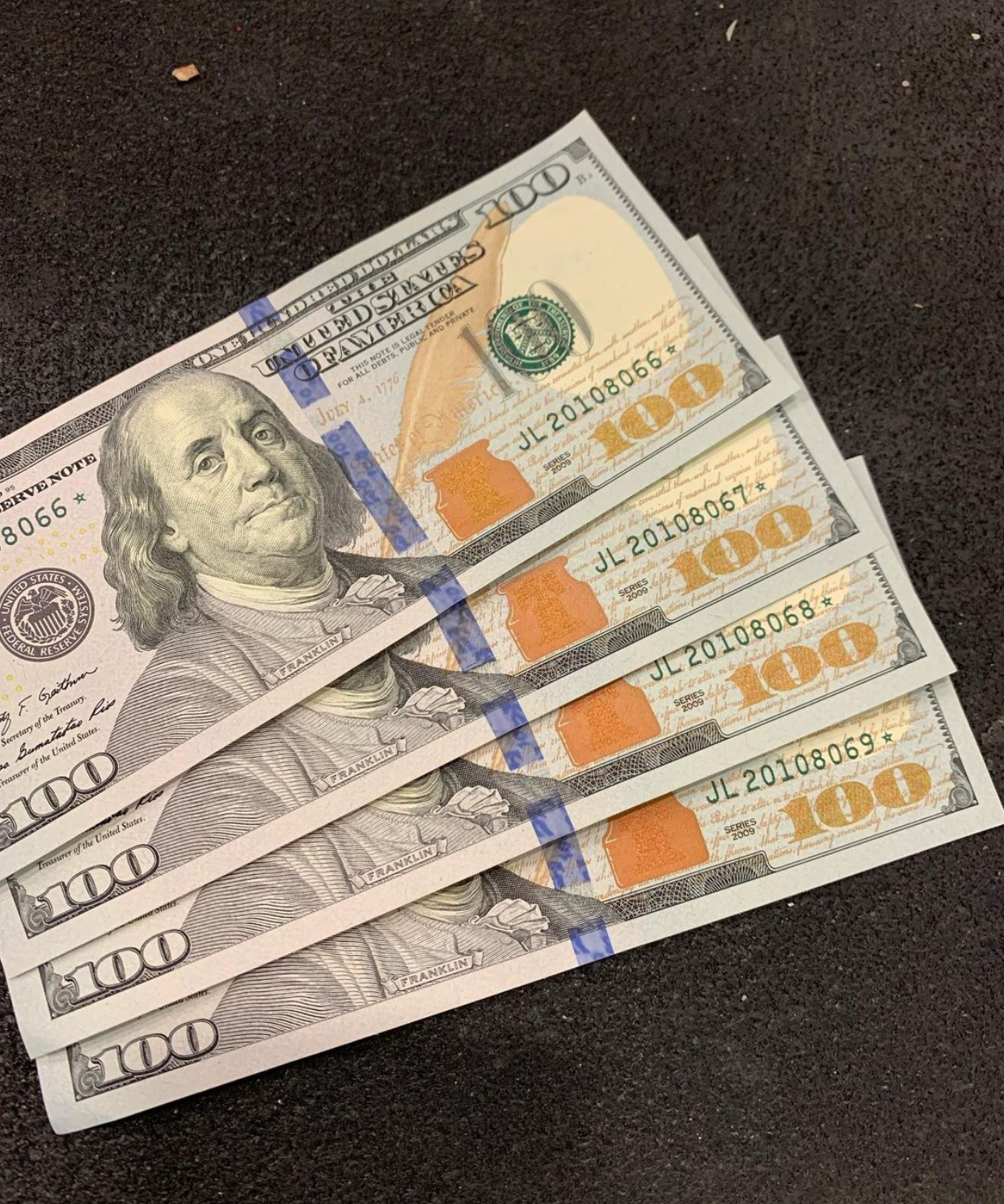
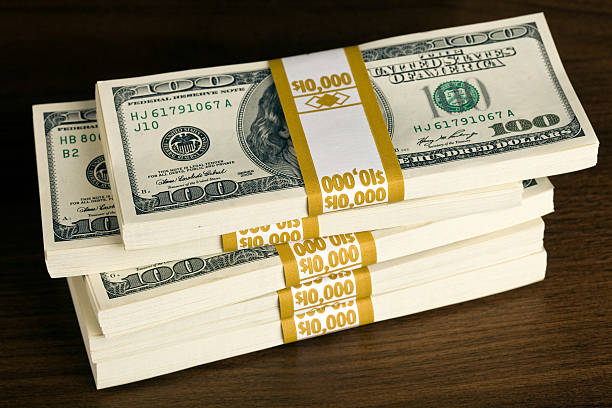
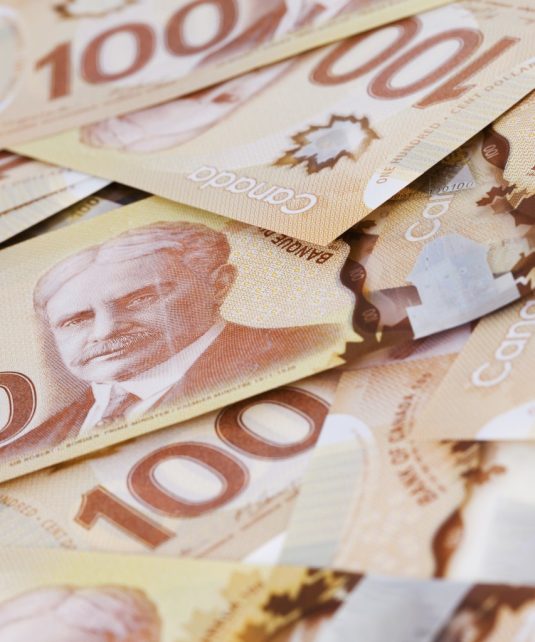
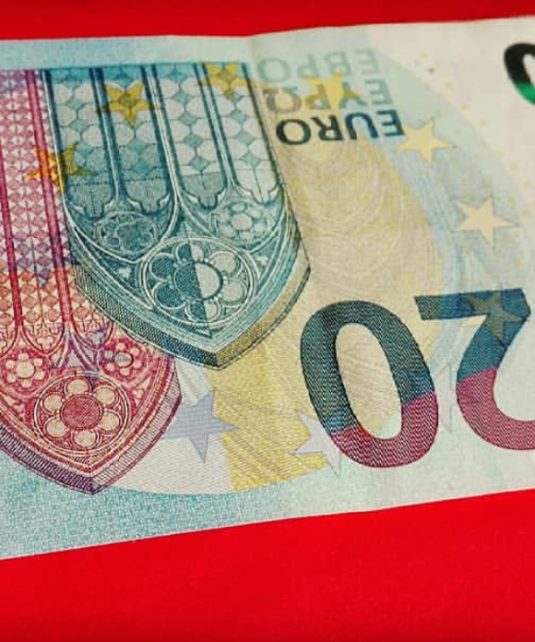
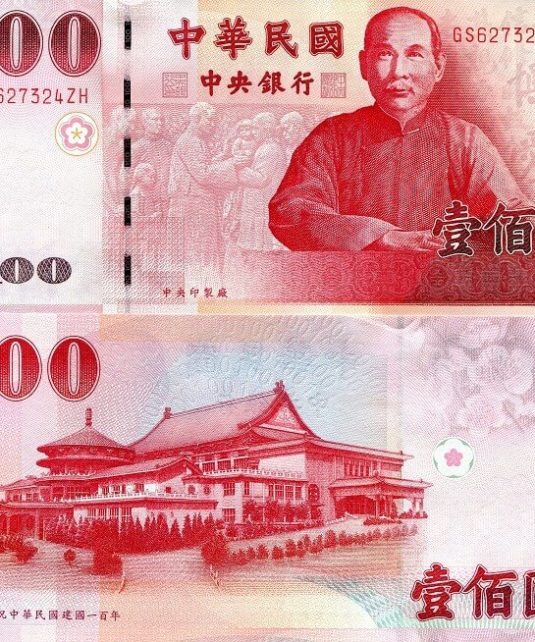
There are no reviews yet.